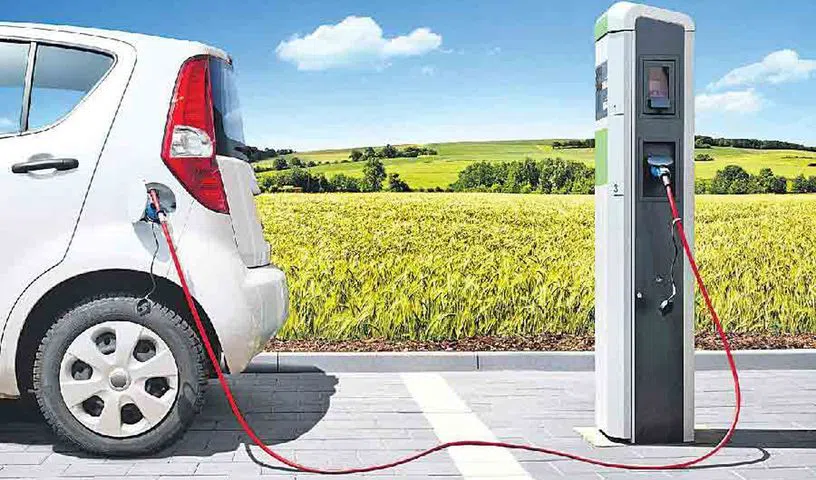The Ministry of Power has invited stakeholder feedback on the draft guidelines
The Ministry of Power (MOP) has released draft guidelines for electric vehicle (EV) charging infrastructure, aiming to accelerate the adoption of EVs and create a robust charging ecosystem across the country. The ministry has invited stakeholders’ comments on the guidelines.
The “Guidelines for Installation and Operation of Electric Vehicle Charging Infrastructure-2024” supersede all previous versions issued between 2018 and 2023 and provide a comprehensive framework for developing charging stations in various settings.
The guidelines apply to EV charging infrastructure located in privately-owned parking spaces, semi-restricted areas like office buildings, educational institutions, hospitals, group housing societies, e-bus depots, public places such as commercial complexes, railway stations, petrol pumps, airports, metro stations, shopping arcades, municipal parking, and highways and expressways.
Electricity Connection TimelinesSome of the key general provisions include allowing any individual or entity to set up EV charging stations.
Distribution companies (DISCOMs) must provide electricity connections for charging stations within specified timelines, ranging from three days in metropolitan areas to up to 90 days if new distribution infrastructure is required.DISCOMs must create online single-window systems to expedite electricity connections.
Charging stations must comply with safety and operational requirements like proper cabling, fire protection, rain protection, adequate space, and trained personnel. They must offer prepaid/postpaid options with time-of-day rates and solar hour discounts.
Tariffs and Infrastructure
A single-part tariff not exceeding the average cost of supply (ACoS) will be applicable until March 31, 2026.
During solar hours (9 AM – 4 PM), the tariff will be 0.7 times ACoS, while during non-solar hours, it will be 1.3 times ACoS. Separate metering for EV charging stations is mandated.
The guidelines specify minimum infrastructure requirements for public charging stations (PCS).
These include at least one charging station in a 1 km x 1 km grid in urban areas by 2030, one charging station every 20 km on both sides of highways/roads, and for long-range EVs and heavy-duty vehicles, at least one fast charging station with specified capabilities every 100 km on highways. Additional PCS/FCS can be installed even if the required density exists.
Public charging stations should have one or more electric kiosks/boards with chargers per specified specifications.
These include Light EV AC Charge Points (up to 7 kW), Light EV DC Charge Points (up to 12 kW), Parkbay AC Charge Points (11/22 kW), Parkbay DC Charge Points (11/22 kW), DC Charging for 4W, Buses, and Trucks (50-250 kW), and High-power DC charging for e-buses/trucks (250-500 kW).
Charging stations must meet safety and operational requirements, including appropriate cabling and electrical protection systems, fire protection equipment, and protection from rain for electrical equipment.

